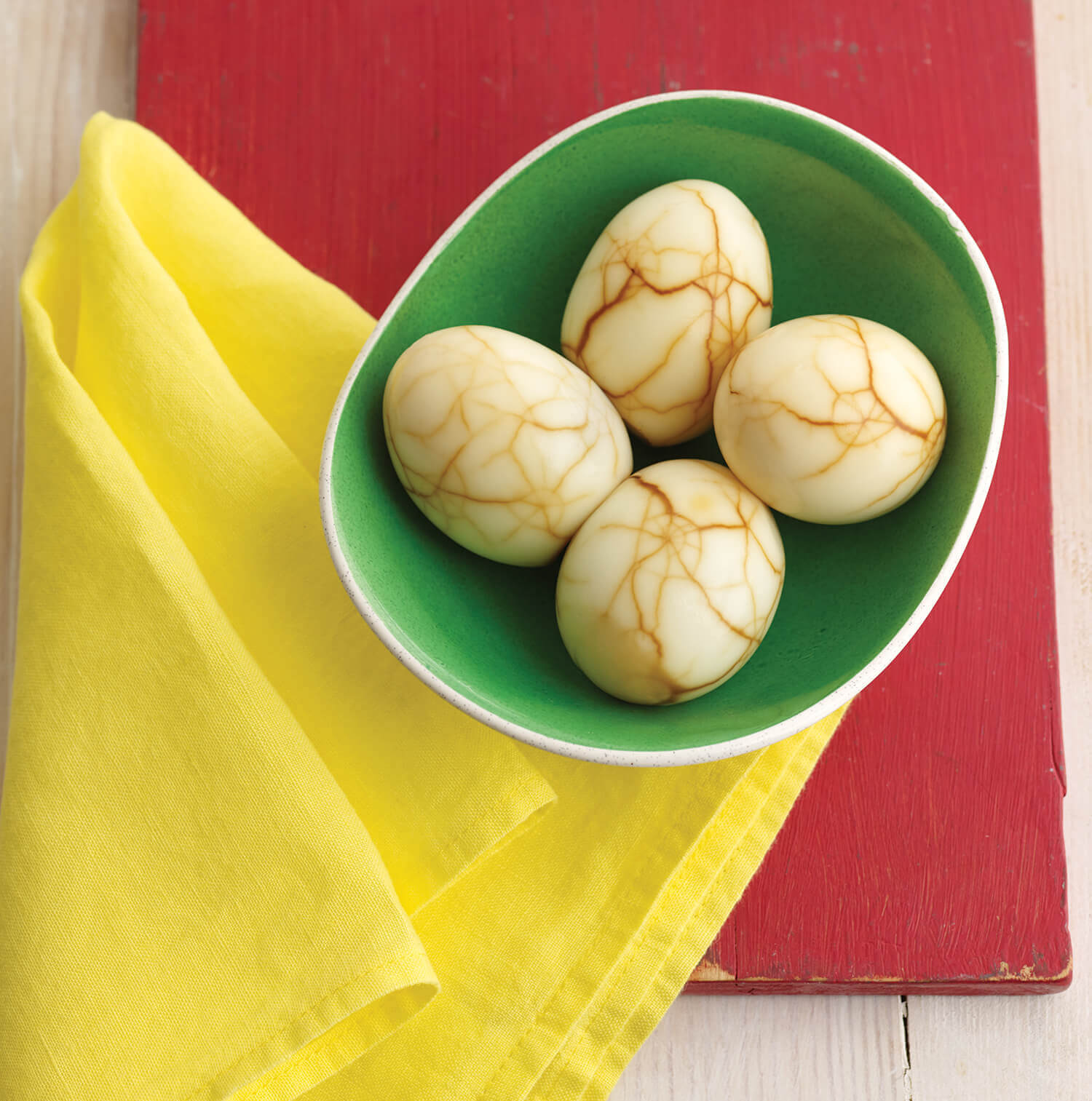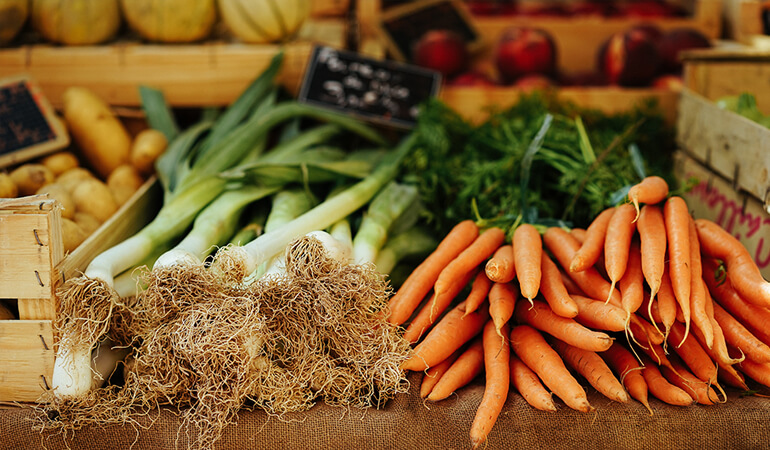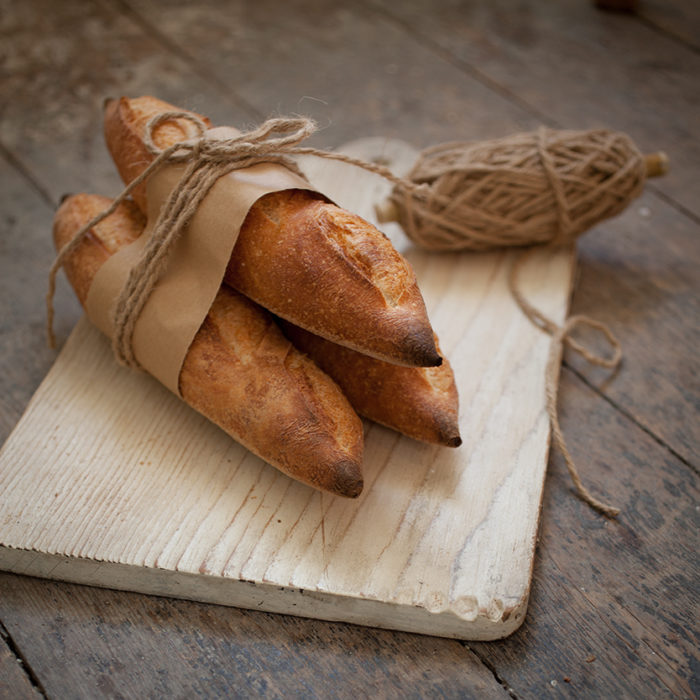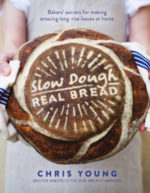Three Spooky Halloween Recipes You Can Cook With Your Kids

It’s that time of the year again! No, not Christmas — Halloween! But instead of cooking all by yourself, you can include your kids in preparing the Halloween’s food. We have three party dishes from the book The World in My Kitchen for you.
Old Lady Chicken Fingers
Prepare the dish as explained by the book. Before serving, put a dash of ketchup on one end of the finger and place an almond on top of it. Now, they really look like fingers!

Chicken Fingers (Africa, Mauritius)
Ingredients:
- 3 skinned chicken breasts, about 400g/14oz total weight
- 4 tablespoons plain/all-purpose flour
- 2 eggs
- 1 teaspoon ready-crushed wet garlic
- 1 teaspoon ready-grated wet ginger
- 1 pinch of ground black pepper
- 6 tablespoon fine polenta Extra equipment: baking sheet and baking parchment, pastry brush
Method:
- Cut the chicken breasts up into finger-size pieces, using scissors. Try to make them all about the same size so they will cook in the same time. Line a baking sheet with baking parchment.
- Put the flour into a bowl. Lift the chicken pieces into the bowl and cover all over with flour.
- Break the eggs into a cup and tip into a second bowl. Add the crushed garlic, grated ginger and black pepper and mix together with a fork. Put the polenta into a third bowl.
- Lift a piece of floured chicken into the flavoured beaten egg to cover the flour, and then into the polenta. Put onto the baking sheet. Repeat this until all the chicken pieces have been covered in polenta. Now wash your hands. Lightly dab the top of the chicken fingers with a little more oil, using a pastry brush.
- Ask your adult to put the baking sheet in the oven, using oven gloves.
- Bake for 20 minutes until the chicken coating is golden and crunchy, the chicken is tender and the pieces are cooked through to the middle (not pink).
Monster Eggs
These eggs already look pretty monstrous! For variety, you can experiment with food colouring!
After you have cooked them, peel off the shells of these magical tea eggs to reveal fabulous coloured patterns. Cracking the shells lets the colours in the water make patterns on the egg whites inside the shells.

Chinese Tea Eggs
Ingredients:
- 4 eggs, at room temperature
- 3 tablespoons soy sauce
- 3 decaffeinated tea bags
- 1 heaped tablespoon chopped glacé/candied peel
Method:
- Put the eggs into the saucepan and fill with cold water so that the eggs are just under the water.
- Ask your adult to put the pan on the hob/stovetop over a high heat and bring to the boil. Turn the heat down and boil for 10 minutes. Then ask them to take the pan off the heat and put it into the sink.
- Run cold water into the pan for 5 minutes until the eggs are completely cold.
- Gently tap the eggs with a tablespoon so that the shells crack a little all over. Put the eggs back in the pan and fill it with cold water again. Add the soy sauce, tea bags and glacé/candied peel.
- Ask your adult to boil the eggs for another 55 minutes. You may need to ask them to top up with more boiling water. Then ask them to take the pan off the heat and put it into the sink.
- Run the cold water into the pan for 5 minutes until the eggs are completely cold. Peel off the shells to see the patterns you have made. Eat the patterned eggs as a snack, just as the Chinese do.
Bloody Demon Eyes
Prepare the Buns as explained in the recipe. Look at the picture: The jelly resembles the blood, the cream/yoghurt the white eyeball – you just need to add raisins/ pieces of chocolate or some other ingredient for the pupil.

Newfoundland Tea Buns (Canada)
Put a few grapes in the freezer when you go to school, then they’ll be frozen and ready to eat as another type of Canadian after-school snack.
A chewy, fruity little bun, children all over Canada often enjoy these buns freshly baked when they arrive home from school needing a tasty snack to keep them going until dinner.
Ingredients:
- 300g/10oz/2½ cups plain/ all-purpose flour, plus extra for dredging
- 2 teaspoons baking powder
- 90g/3oz/½ cup caster/superfine sugar
- 100g/3½oz butter, softened
- 70g/2½oz/½ cup raisins
- 2 tablespoons lemon juice
- 6 tablespoons milk, at room temperature
- Extra equipment: dredger, 5cm/2in cookie cutter, baking sheet and baking parchment
Method:
- Mix together the flour, baking powder and sugar in a mixing bowl with a fork.
- Cut the butter into small cubes, using a table knife. Rub the butter into the flour until it looks like fine breadcrumbs. Add the raisins and lemon juice and stir well.
- Add 1 tablespoon of the milk and stir. Everything will start to stick together. Add another tablespoon of milk and stir again until you have a large, soft dough ball. If it doesn’t make a dough, slowly add the rest of the milk and keep stirring until it does.
- Sprinkle a little flour on the work surface with a dredger and put the dough on it. Flatten the ball with your hands so that the mixture is about 2cm/½in thick. Cut out about 12 buns with a 5cm/2in cookie cutter.
- Line a baking sheet with baking parchment. Put the buns on the sheet. 6 Ask your adult to put the baking sheet in the oven, using oven gloves. Cook for 10 minutes until slightly risen and golden. In Canada, they serve these buns with dollops of thick cream and jam. You could try it with yogurt instead.

Sally Brown and Kate Morris
The World in My Kitchen
£12.99, available from Nourish Books







